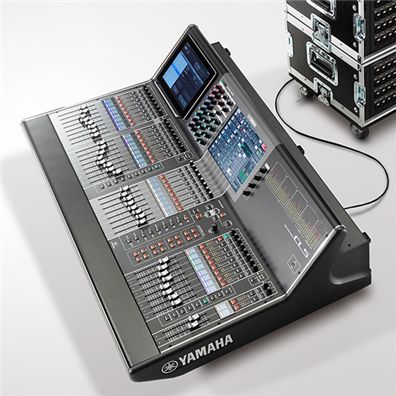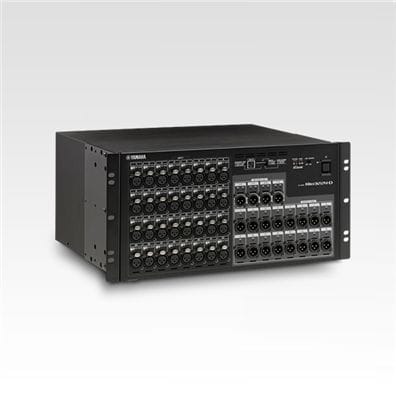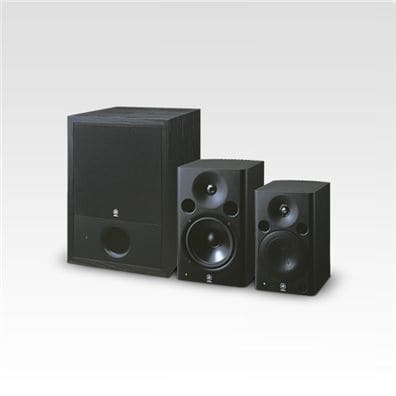Yamaha CL5 digital mixing console and MSP5 monitors out on tour with Australia’s The Beatle Boys
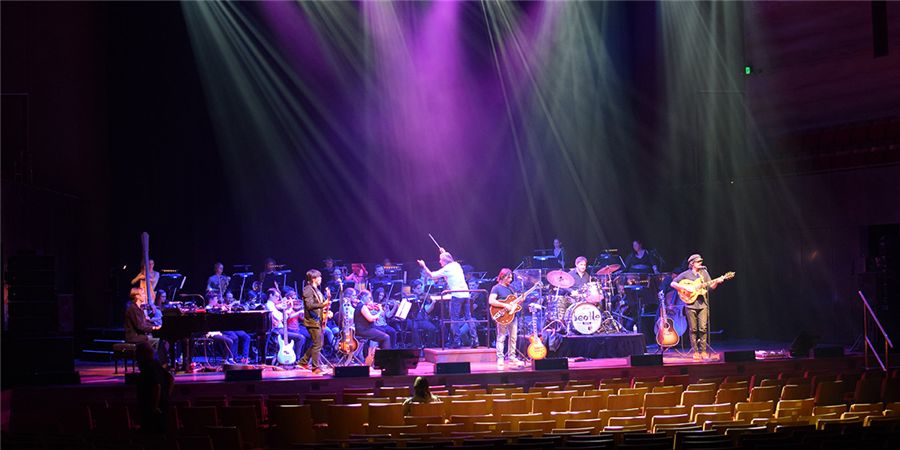
Audio Technology – Australia’s leading magazine for sound engineers and recording musicians – caught up with The Beatle Boys during their recent tour stop at Melbourne’s prestigious Hamer Hall.
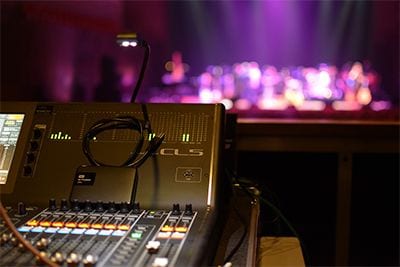
If you’re in a band, it’s the ultimate compliment knowing there are people out there who play covers of your songs. It’s also pretty flattering to think that’s all some groups do — play your music. But does it get creepy when they try to look the same as you? Dress the same? Mimic your facial hair?
Sure, tribute bands can be cringeworthy, but there are some that do more than just replicate the look of their icons. The Beatle Boys from Sydney are one such group; they’re a four-man outfit that sounds the part as much as they look it. It’s hard not to feel like these guys are the real deal when you hear them live.
These days The Beatle Boys are going above and beyond, augmenting the band’s original arrangements with orchestral backing for their The Beatles Orchestrated stage show.
The original arrangements were written by renowned conductor George Ellis, and during the Australian tour, Ellis hand-picked each of the 30-plus orchestra members himself.
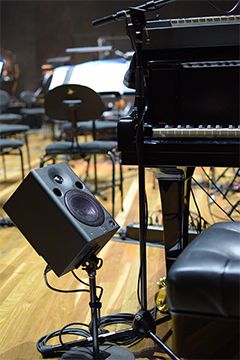
Audio Technology attended the Melbourne show at Hamer Hall; it was a sell-out gig with an audience of over 2,000 in a venue that puts a stamp of authenticity on anyone that plays there.
Dean Lovell was at the helm of a Yamaha CL5 digital mixing console connected to R-series I/O racks to provide 56 inputs and 48 outputs. Familiarity of Yamaha mixing consoles makes the CL5 an ideal choice for Lovell and, with the use of some stereo submixing and by incorporating Dante digital audio networking, the whole show was recorded to a 48-track standalone Dante-enabled multi-track recorder.
Lovell takes care of both FOH and monitor mixing, managing multiple individual sends to a combination of IEM’s and on-stage MSP5 STUDIO monitor speakers for the pianist, key orchestra members and the conductor.
Yamaha Music Australia would like to thank Audio Technology magazine for the use of this article.

